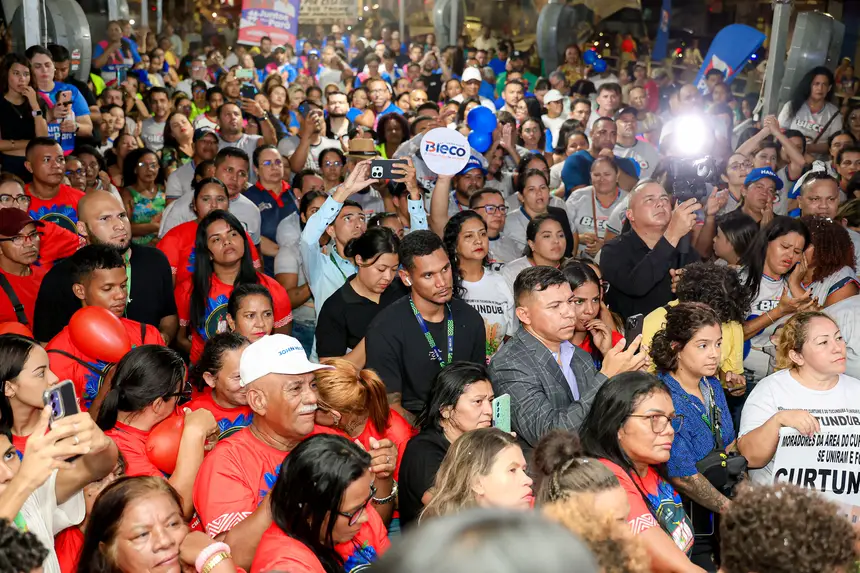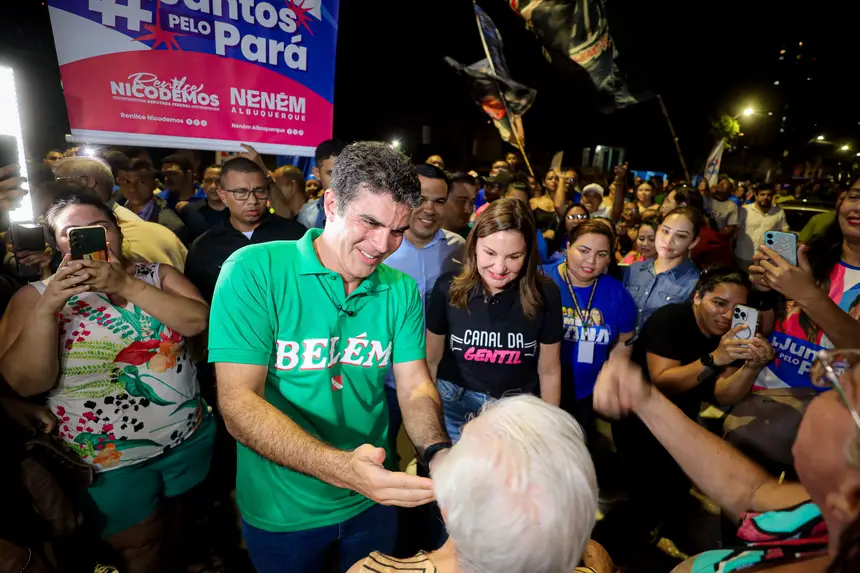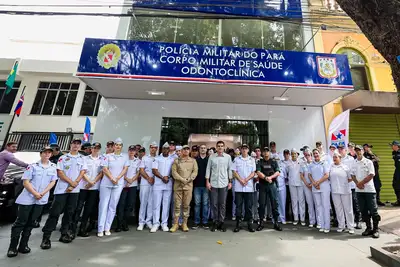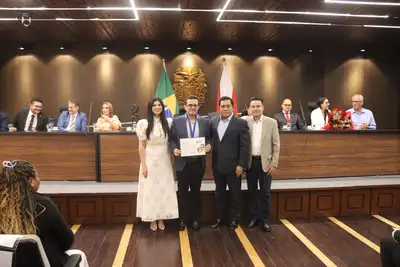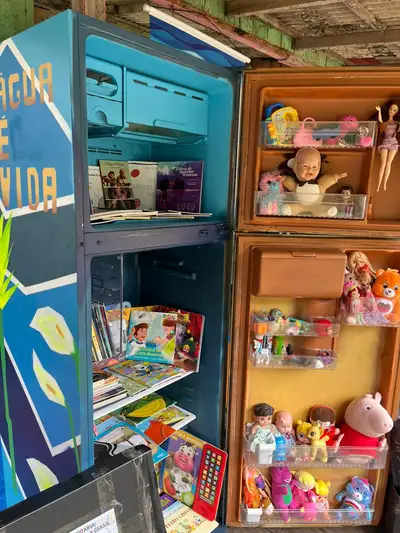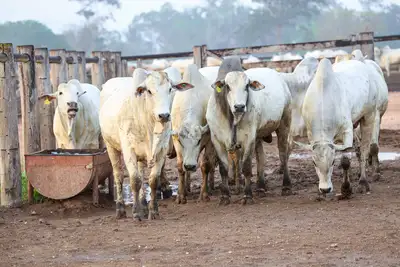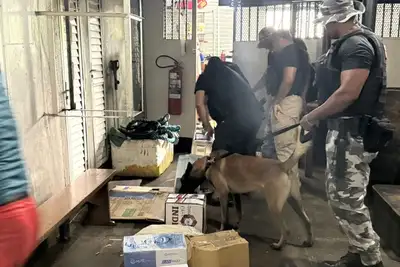In yet another legacy of COP30, the Government of Pará delivers the 2nd phase of the macrodrainage work of the Gentil Canal
The work in the Canudos neighborhood is part of the largest macrodrainage program in the capital and directly benefits more than 500,000 people
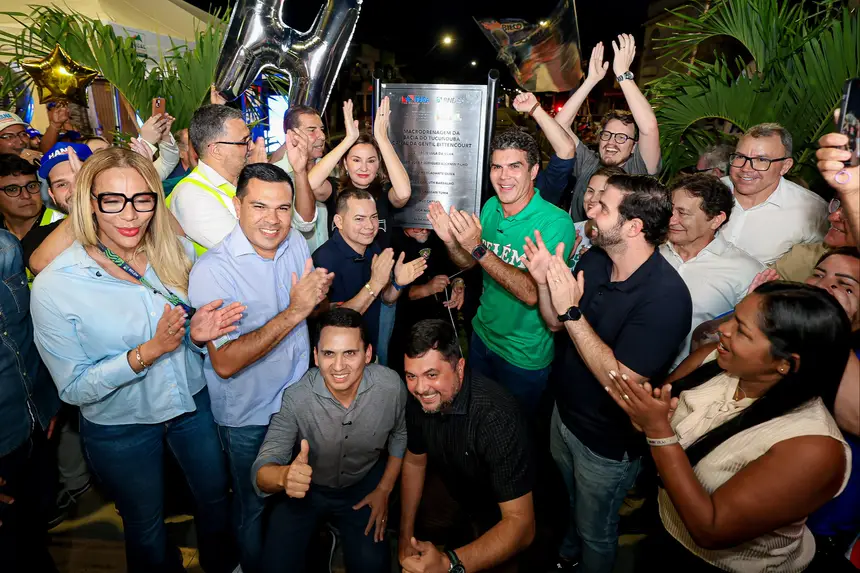
The Government of Pará delivered, this Wednesday (6), the second phase of the requalification of the Gentil Bittencourt Canal, in the Canudos neighborhood, in Belém. The work is part of the largest macrodrainage program in the history of the capital of Pará, which has already positively impacted the lives of more than 500,000 people, and is part of the preparatory actions for the 30th United Nations Conference on Climate Change (COP30), which will be held in November in Belém.
The intervention in the Gentil Canal is part of the investments made in the Tucunduba Basin, one of the main urban drainage focuses in the city. With the delivery of the new phase, the canal totals 1,421 meters completely rebuilt, between Avenida Tucunduba and Rua Deodoro de Mendonça. The first part of the work, delivered in January of this year, requalified a stretch of 551 meters between Travessa Teófilo Conduru and Rua da Olaria.

"The intervention in the Gentil Canal allows us to advance in the largest investment made so far in the Tucunduba Basin. Today, we changed the reality of this neighborhood and this is built at a time of unity between the federal, state, and municipal governments," highlighted Governor Helder Barbalho, emphasizing the direct impact of the COP30 works for residents of neighborhoods like Canudos, Guamá, Terra Firme, and Marco.
Many times, there is a narrative that the COP30 works are for tourists, but this is yet another demonstration that those who truly benefit are the people of Canudos, Guamá, Terra Firme, and Marco, who are experiencing this transformation. It is quality work for those who need it, who have waited for this dream to become a reality, the governor emphasized.
The work includes not only the requalification of the canal but also the implementation of water, sewage, and drainage networks, as well as the construction of five bridges and eight walkways.

Direct benefit to the population
Vice Governor Hana Ghassan also participated in the delivery and reinforced the management's commitment to urban and social transformation.
“We are delivering a work that transforms people's lives. It is respect for the population of Belém. The name of this is work, people who do not forget the population," she stated, highlighting the importance of the integrated action of the government team.
For the residents, the change is already felt in their daily lives. “After all the problems, now it’s just time to celebrate. Work approved!” celebrated the self-employed Regina Chaves, a resident of the area.

Housewife Marli Souza, who has lived around the canal for 16 years, also celebrated the improvements.
“Before the work, the canal was completely destroyed, a precarious situation. Now it has improved a lot for my son to leave home and go to school. It’s 100%. It’s highly approved!”

Partnership and legacy for the city
The work is executed by the State Department of Public Works (Seop) in partnership with the Federal Government, through the National Bank for Economic and Social Development (BNDES).

"This canal is part of a set of structural works that BNDES is bringing to the city. It is a work that brings more quality of life and also prepares the city to face climate change," stated Tereza Campello, Socio-Environmental Director of BNDES.
The mayor of Belém, Igor Normando, also attended the delivery and highlighted the state management's commitment to the capital. “It was promised by many leaders, but only a leader like Governor Helder Barbalho was able to deliver the largest macrodrainage package in the history of our state in just eight years," he said.
Continuous investments in macrodrainage
Since 2019, the Government of Pará has already delivered the reconstruction of 17 canals in Belém, 13 of which are considered legacies of COP30. Among the completed works are the canals of Igarapé Tucunduba, Mundurucus, Timbó, Vileta, Leal Martins, Cipriano Santos, and Gentil.
The structural actions also encompass interventions in the basins of Murutucu, Tamandaré, and Una, with a direct impact on urban infrastructure, flood prevention, and improvement of the quality of life for more than half a million residents of Pará.



